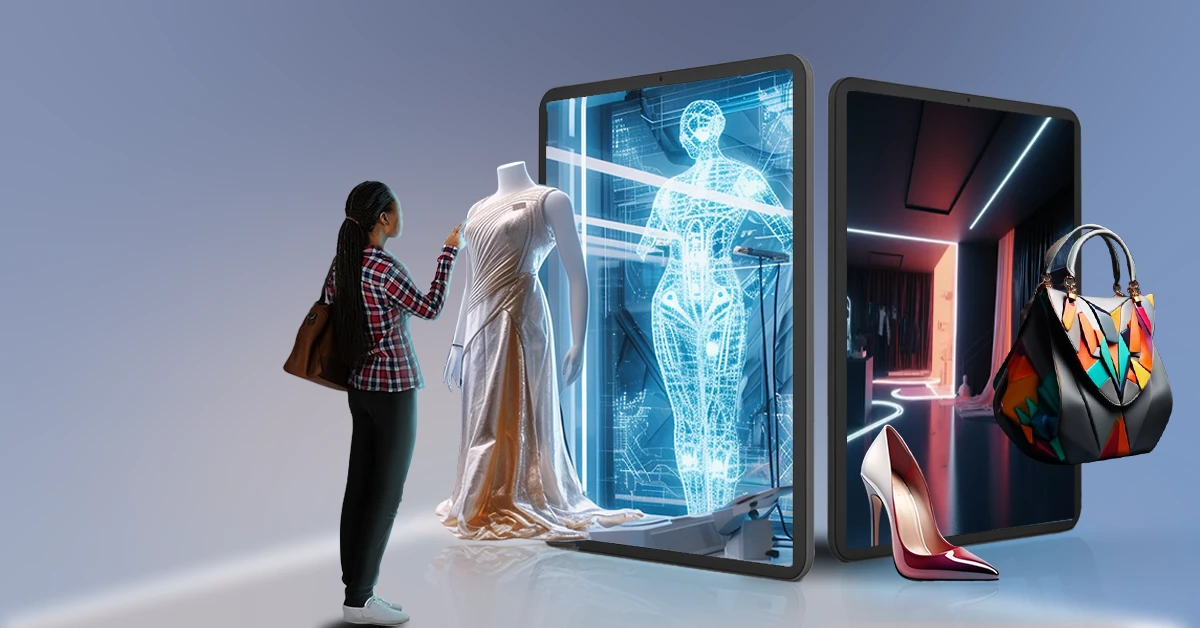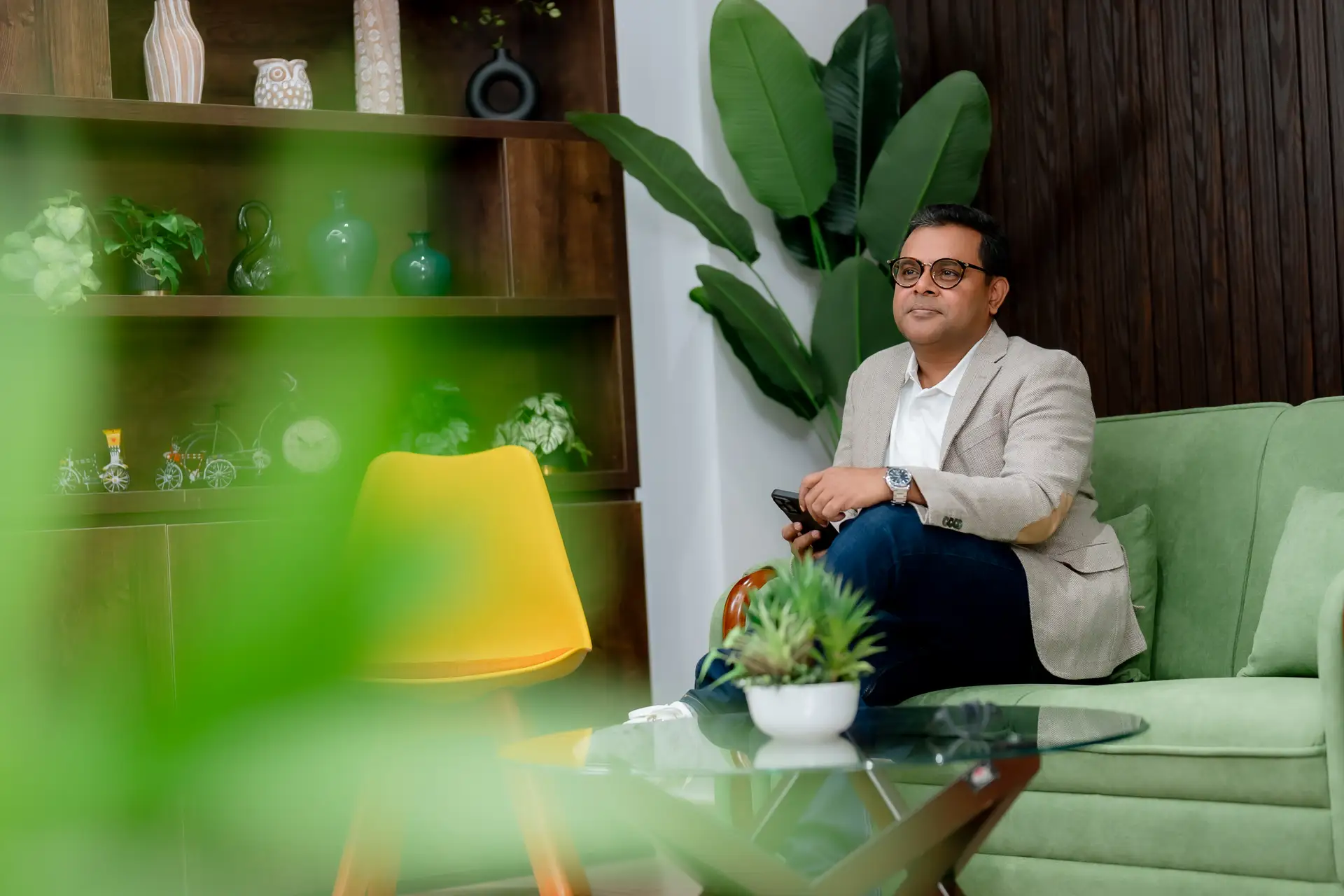The fashion industry, which has long been known for combining art, culture, and skill, is going through a huge change. The driver? AI (artificial intelligence). What used to sound like something from the future is now a useful tool that is changing the way designers think about, make, and deliver fashion. AI is changing the future of fashion design in amazing ways, from changing how designers work to making hyper-personalization possible.
Imagining the Design Process
Traditionally, fashion designers start by sketching by hand, making mood boards, and trying out different styles for months. That is changing thanks to AI. Designers today are using AI-powered tools to go from idea to finished product faster than ever before.
Smarter Design Ideas with AI: With just one prompt, generative AI platforms like Midjourney and DALL·E can make thousands of high-quality design variations right away. For instance, if you type in “floral winter dress with vintage collar,” you’ll get dozens of realistic images in a matter of seconds.
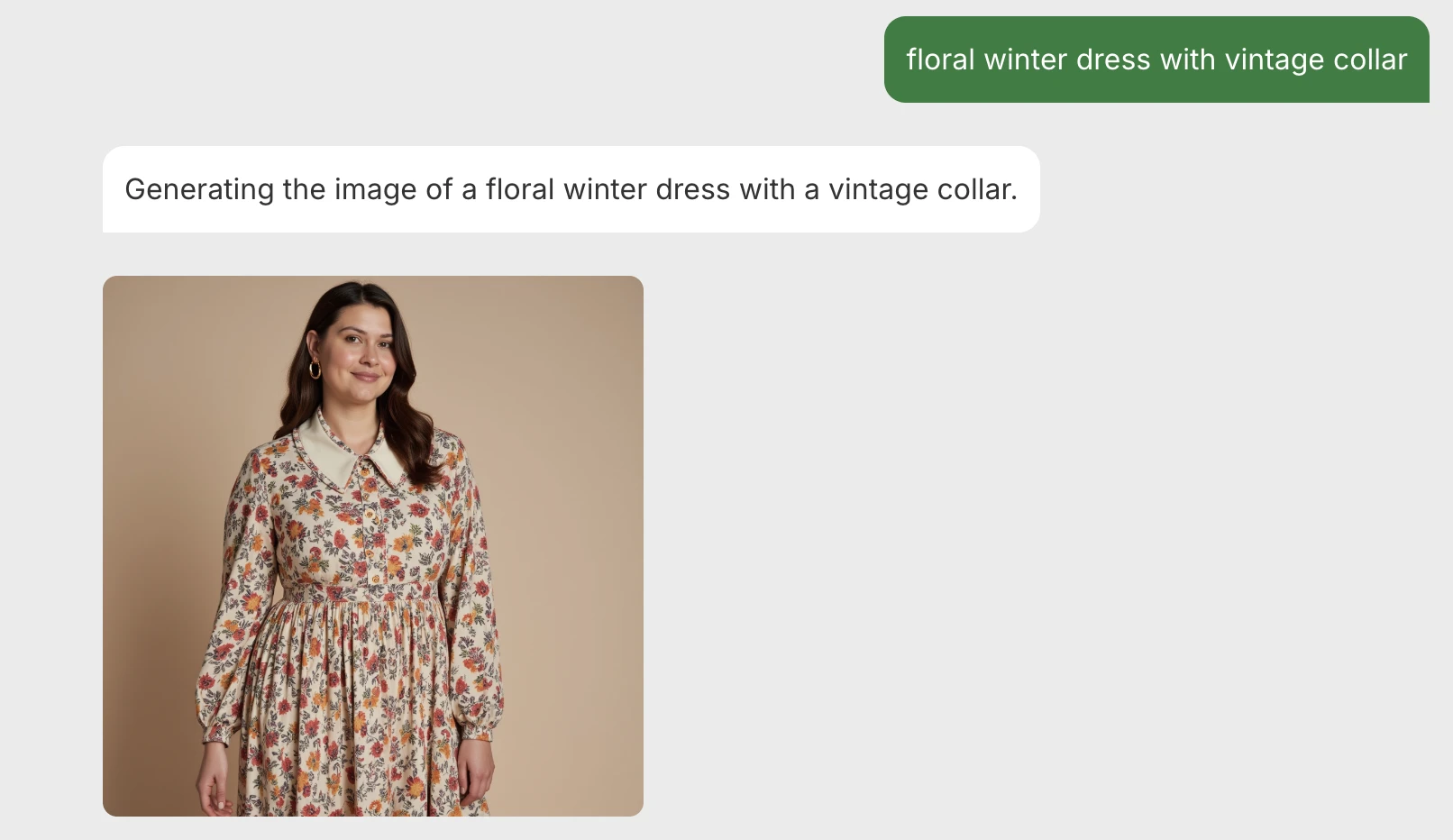
DALL·E (by OpenAI) makes realistic fashion drawings and prototypes from written descriptions.
Adobe Firefly is an AI-powered tool that makes images, patterns, and textures that are perfect for fashion visuals.
Resleeve AI turns sketches or photos into realistic pictures of clothes in just a few seconds.
NewArc.ai turns text or sketch prompts into polished design variations, which is great for quickly coming up with new ideas.
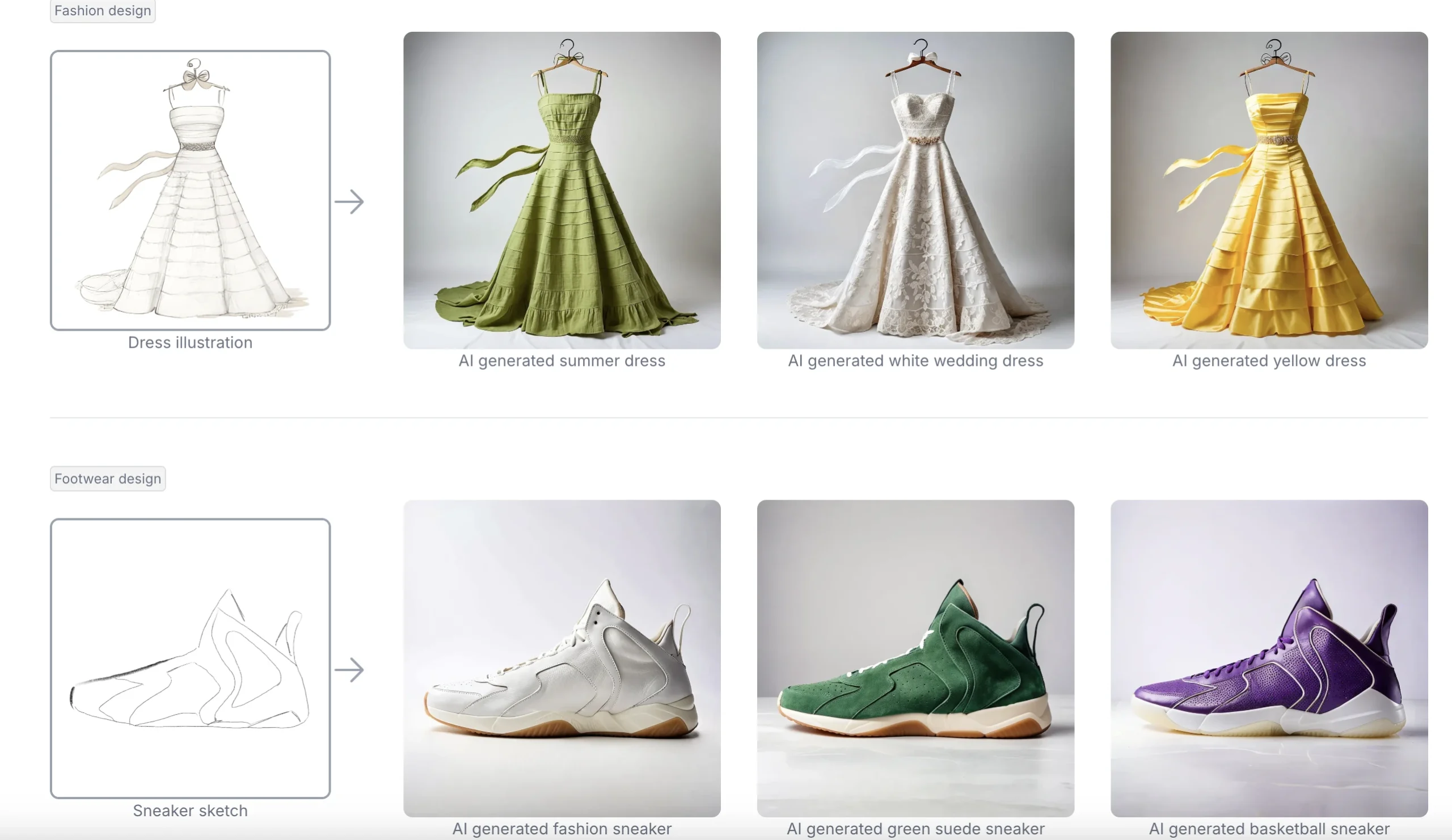
Khroma makes personalized AI colour palettes based on what the user likes. This is great for planning a collection that looks good together.
Making Samples Without Sewing: 3D Visualisation and Virtual Sampling tools like CLO 3D, Browzwear, and Style3D let designers make realistic clothes in digital spaces without needing fabric or a mannequin. Designers can see how a piece of clothing looks on different body types, how the fabric moves, and make changes—all before they sew a single stitch.
Botika is the best AI fashion software that is used to visualize live models from a 3D clothing design.

Browzwear is a 3D fashion design tool that lets you see, edit, and fit clothes in 3D.
Style3D lets you design and simulate realistic 3D clothing and see how it moves.
The New Black is an all-in-one platform for design, tech packs, virtual try-ons, and 3D visualisation.
Smart Fabric and Pattern: Selection tools look at global databases to suggest the best fabrics, the cheapest options, or the most eco-friendly ones, all while keeping the design’s integrity.
Tukatech automates pattern and marker making and gives you information on how to use fabric more efficiently.
Lectra Modaris is pattern design software that works with both 2D and 3D models and checks that they fit.
TUKAcad (Tukatech) and Valentina are CAD tools that use AI to help with pattern draughting, grading, and marker optimization. Valentina has parametric pattern features.
FabricAI suggests eco-friendly fabrics based on their texture, durability, and design intent.
Refabric is a program that combines sketch-to-design flow with fabric simulation and trend-ready analytics.
This move to digital not only speeds up the design process, but it also opens up new levels of creativity and efficiency.
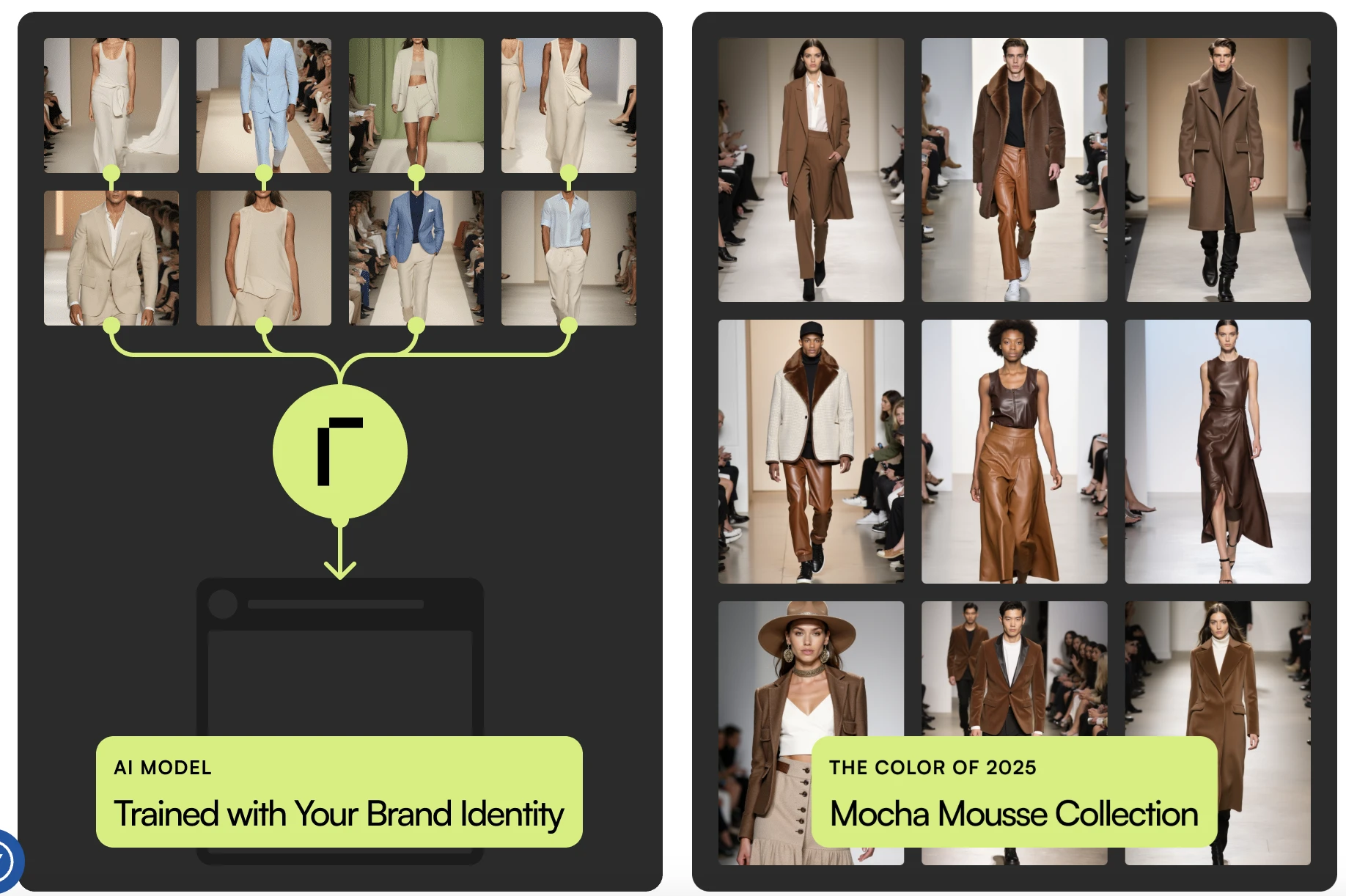
Speeding up trend forecasting
In the past, people used runway shows, gut feelings, and seasonal cycles to predict trends. AI has flipped that script.
- Using machine learning algorithms, AI can analyze millions of data points from social media, online searches, purchase behaviors, and influencer trends.
- This real-time insight allows brands to:
- Predict rising trends faster than ever.
- Align designs with consumer preferences.
- Reduce inventory waste by producing only what’s in demand.
- Predict rising trends faster than ever.
Heuritech looks at social media posts to guess what colours, styles, and trends will be popular.

Edited: Real-time retail analytics for prices, product ranges, and trend changes in markets around the world.
Stylumia looks at data from social media and stores to guess what colours, styles, and trends will be popular in the future.
Customization and personalization
AI is making it possible for a new age of personalised fashion.Nowdays AI systems can suggest styles that are perfect for each customer by looking at their body measurements, past purchases, and style preferences.
- Recommend tailored styles for every customer.
- Create made-to-order garments quickly and affordably.
- Enable brands to scale mass customization without losing efficiency.
This is a game-changer for how customers feel about your brand, making them more loyal and engaged.
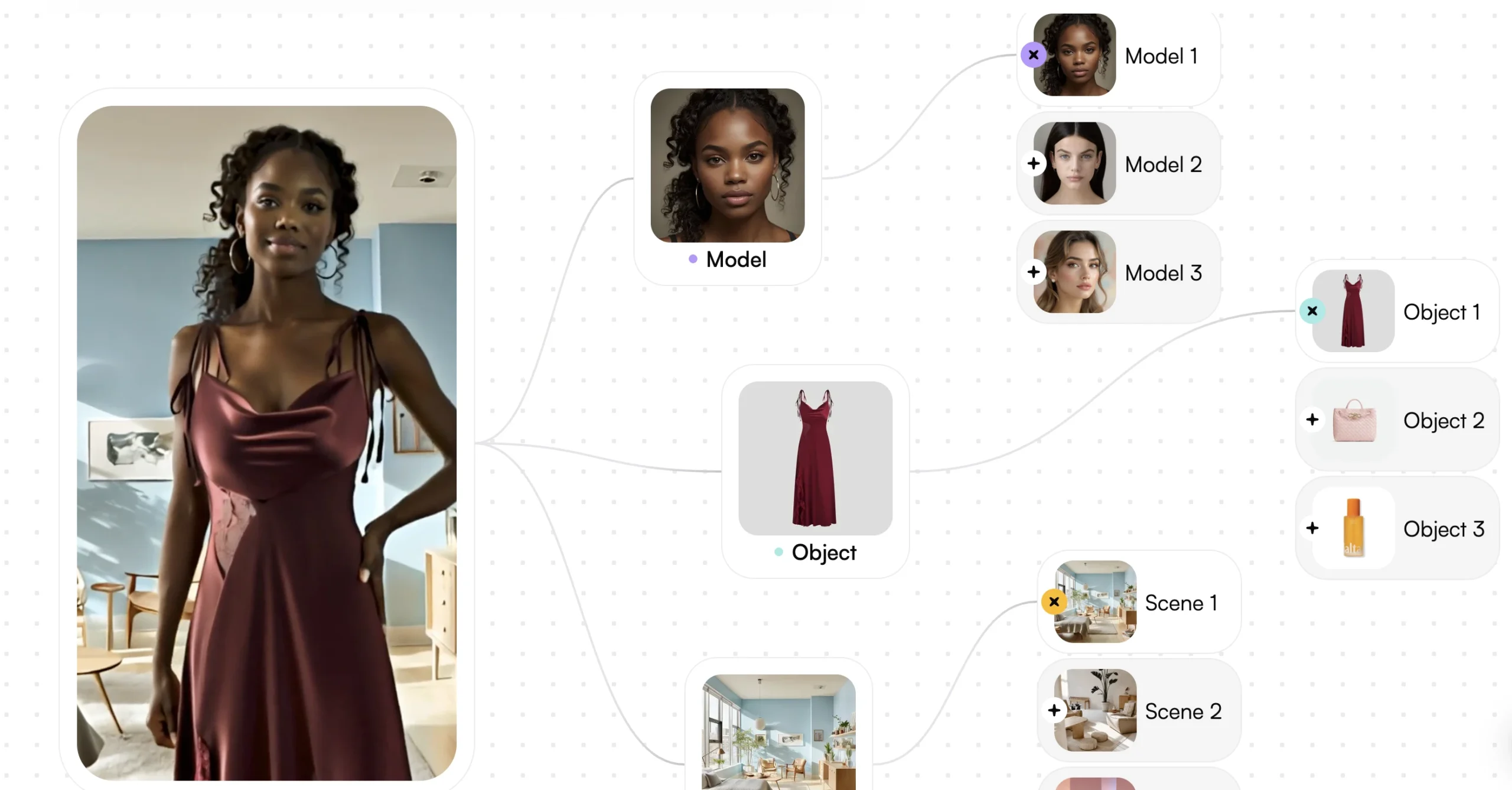
Vue.ai is an AI platform for fashion retail that offers personalized recommendations, automatic tagging, and visual search.
Syte is an AI-powered visual search and recommendation tool for online fashion stores.
True Fit uses AI-based body data and past purchases to help people find the right fit.
ZMO.ai, Botika,Weshop and Modelia can make on-model pictures, virtual try-ons, and e-commerce-ready pictures without the need for expensive photo shoots .
YesPlz is an AI styling assistant that gives you personalized suggestions through chat .
AI is not just a new technology; it’s also a creative partner in the fashion world today. It gives designers the tools they need to work faster, smarter, and in a way that is better for the environment. AI is bringing about a new era where data and design come together and personalisation and accuracy come together.
The future is already here for people who work in fashion. Accepting AI doesn’t mean losing your creativity; it means unlocking it. People who adapt to this powerful technology early will be the ones who shape the next generation of fashion.

